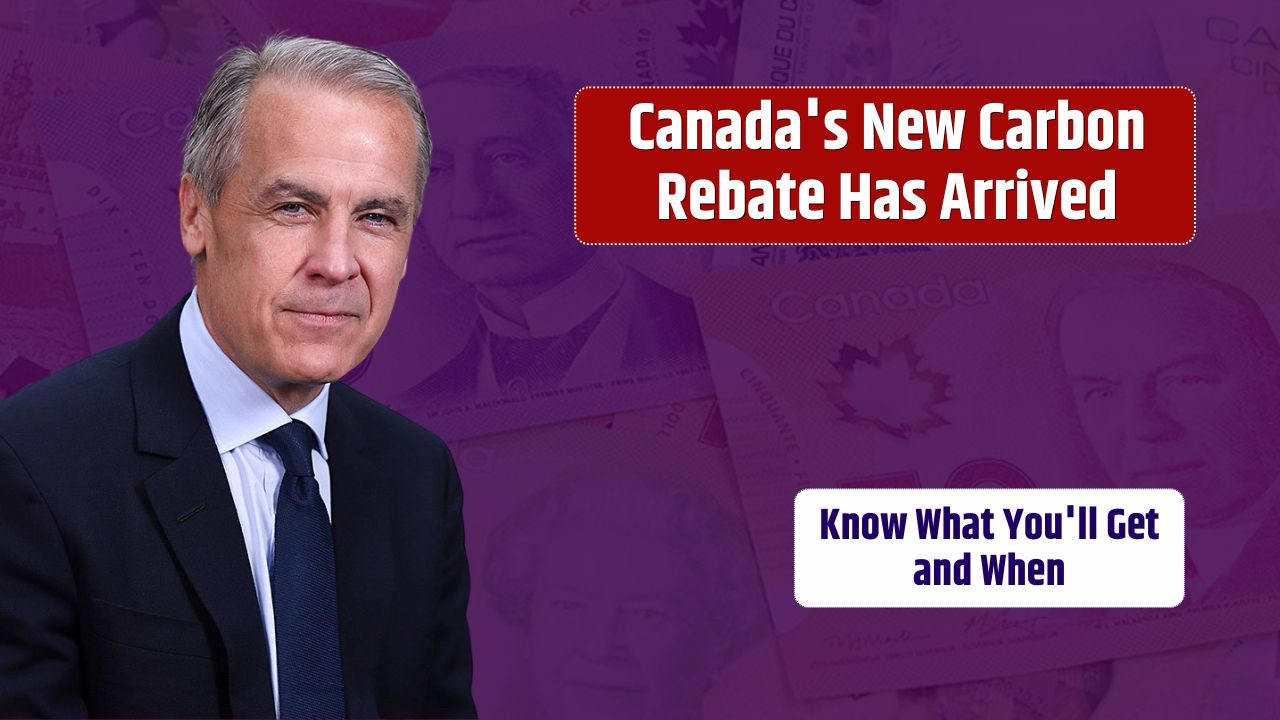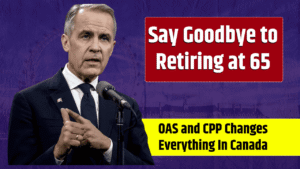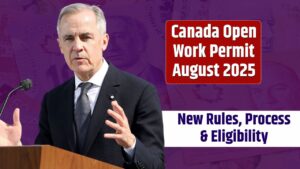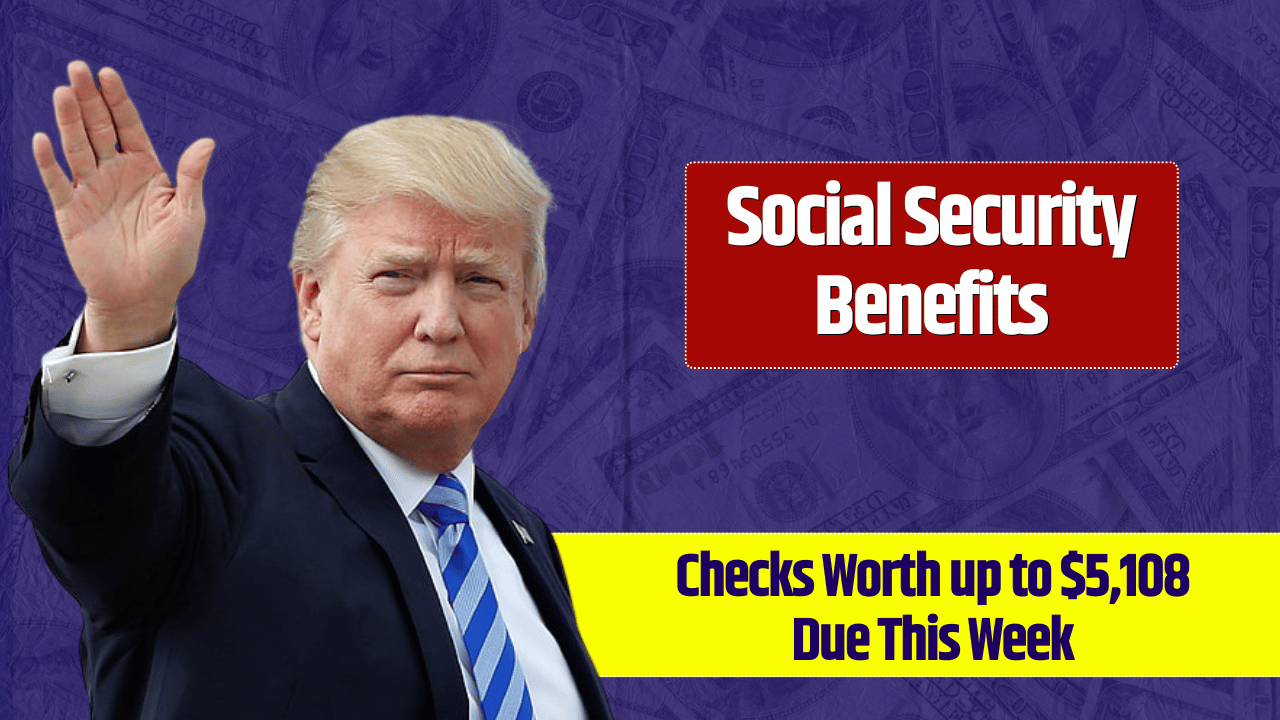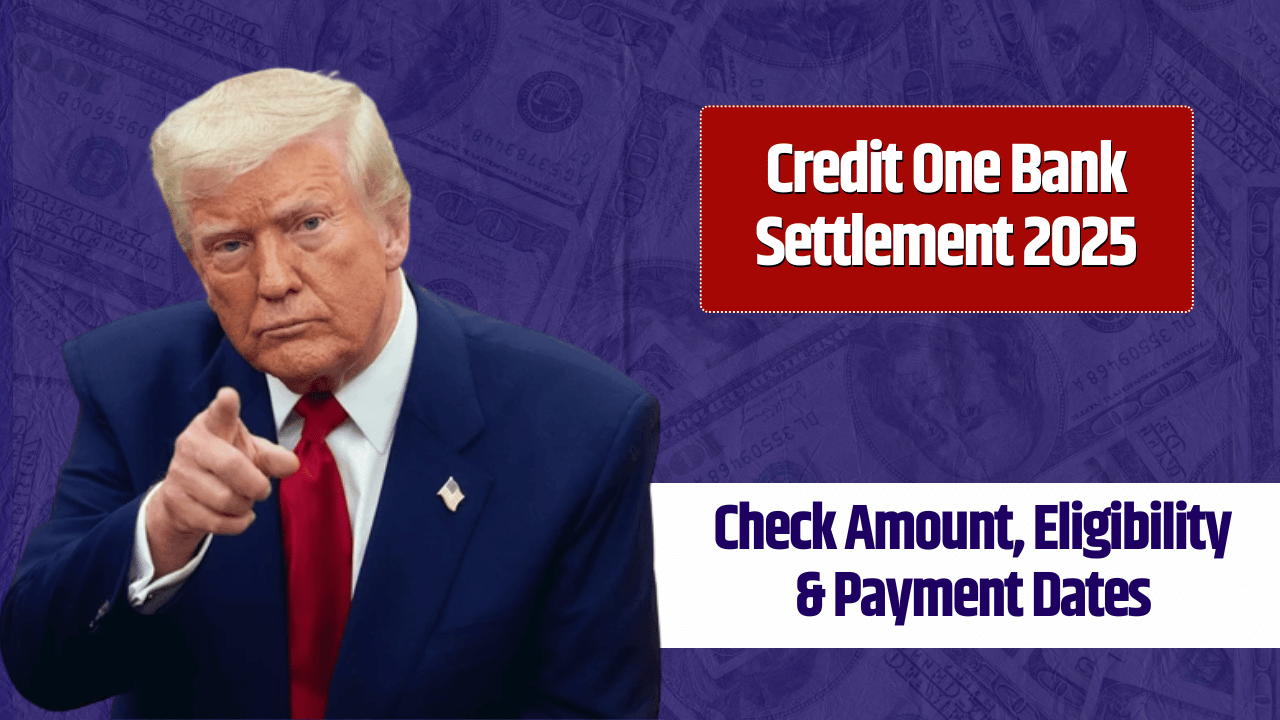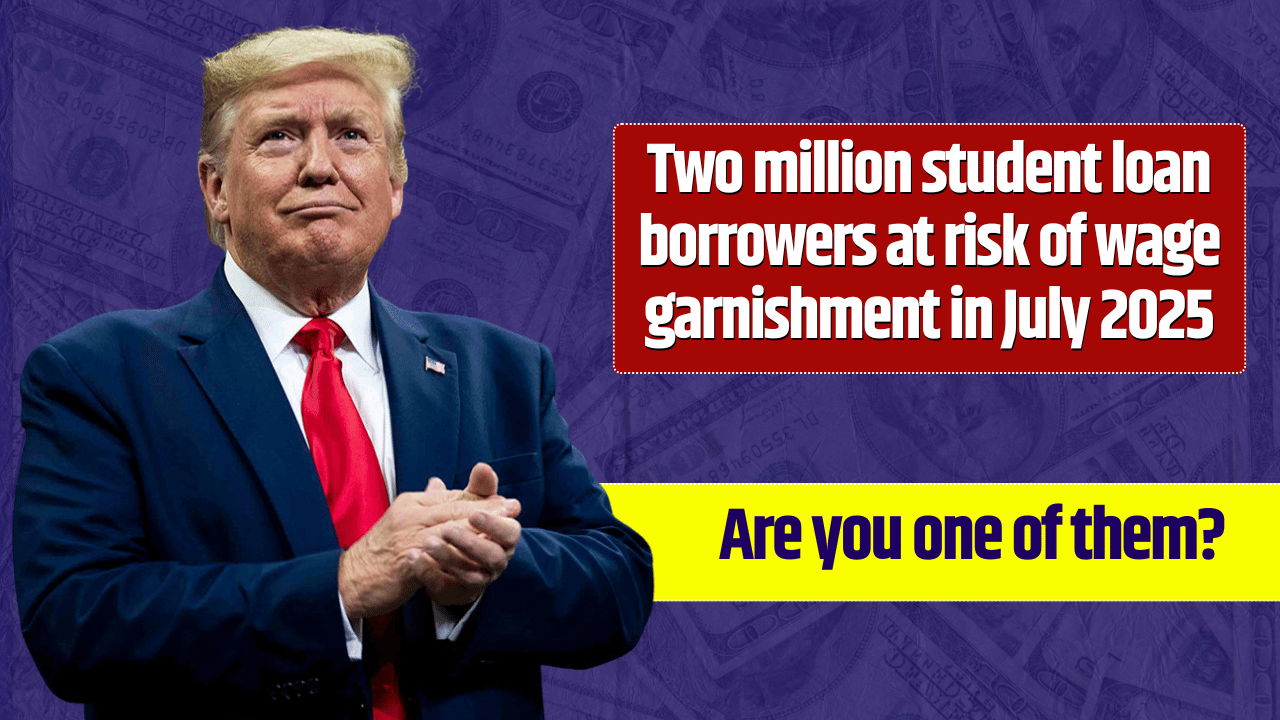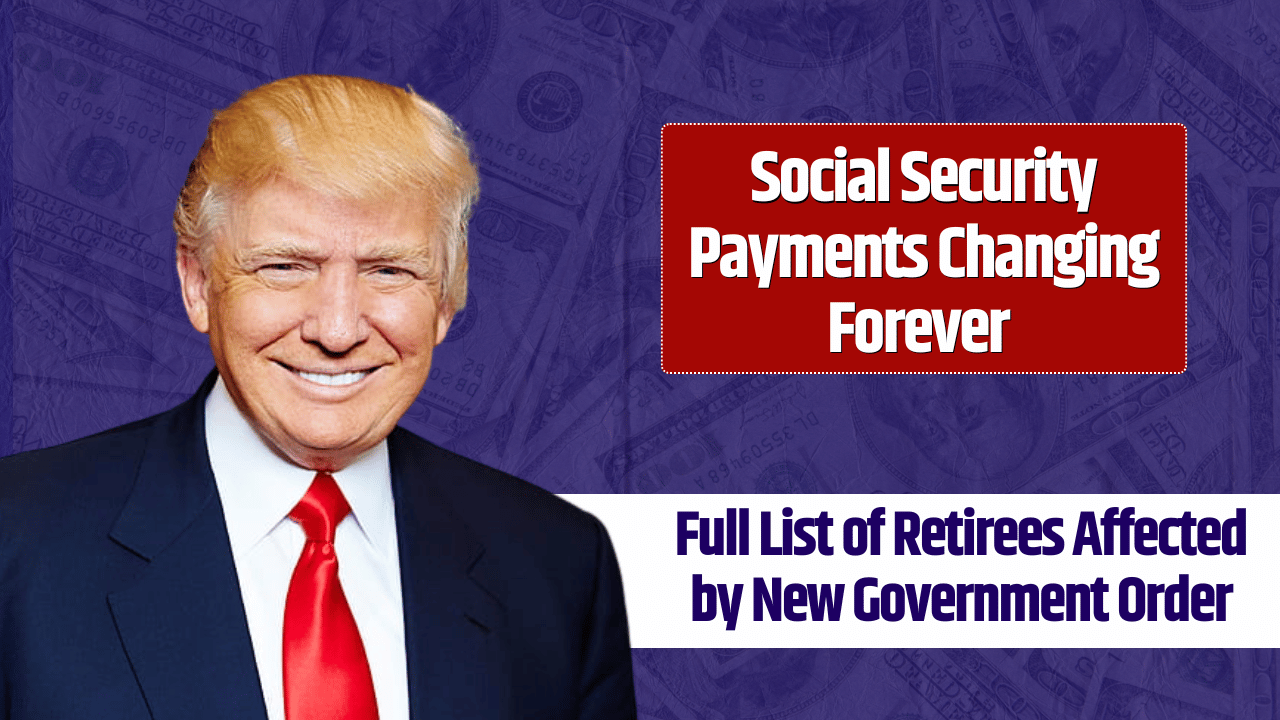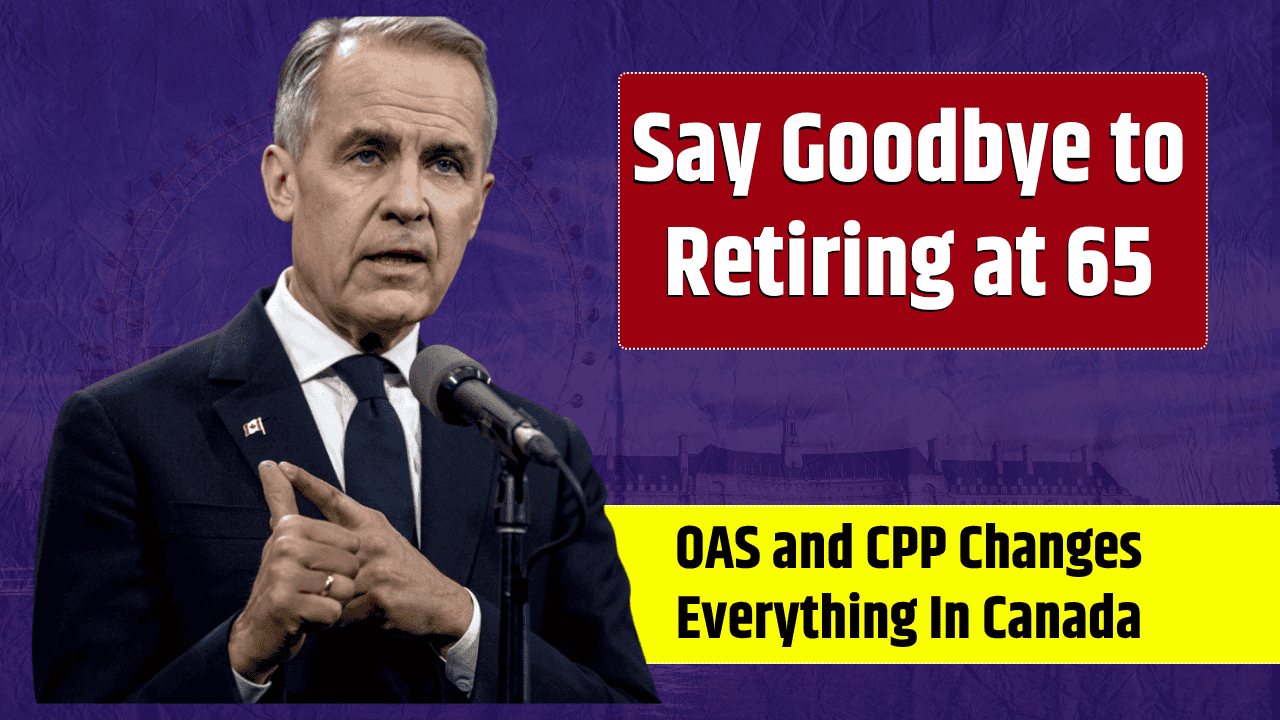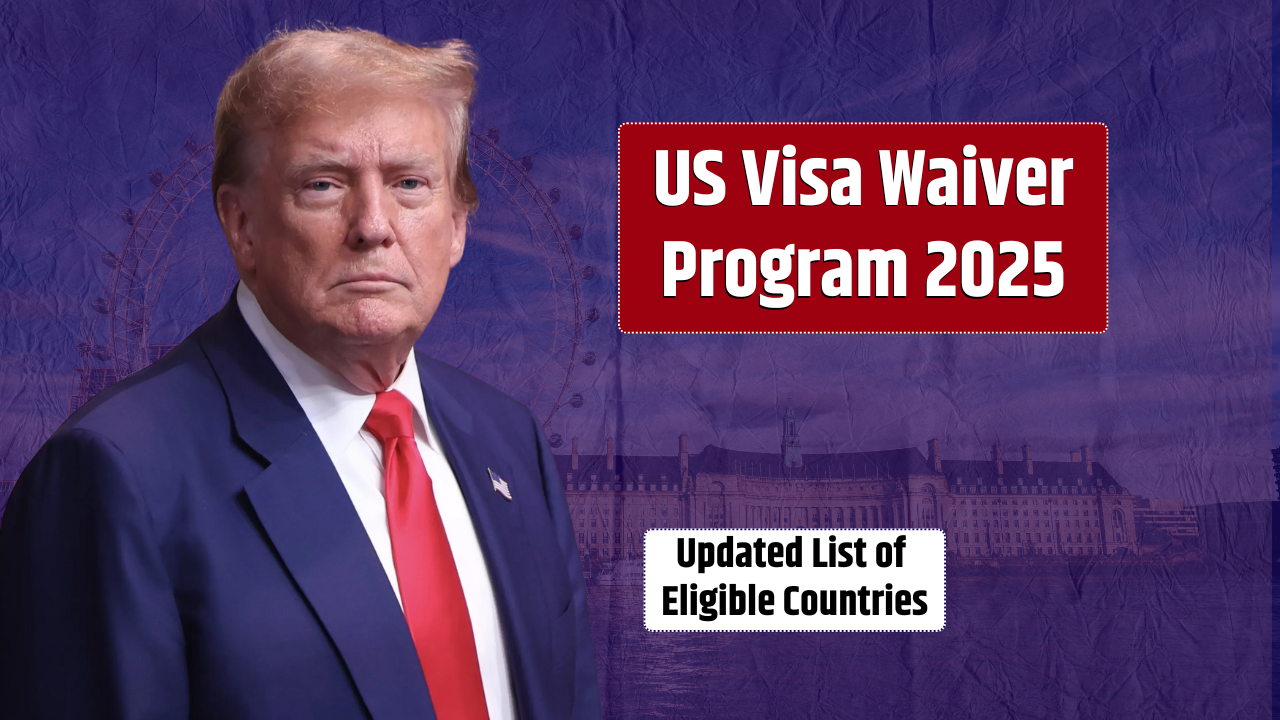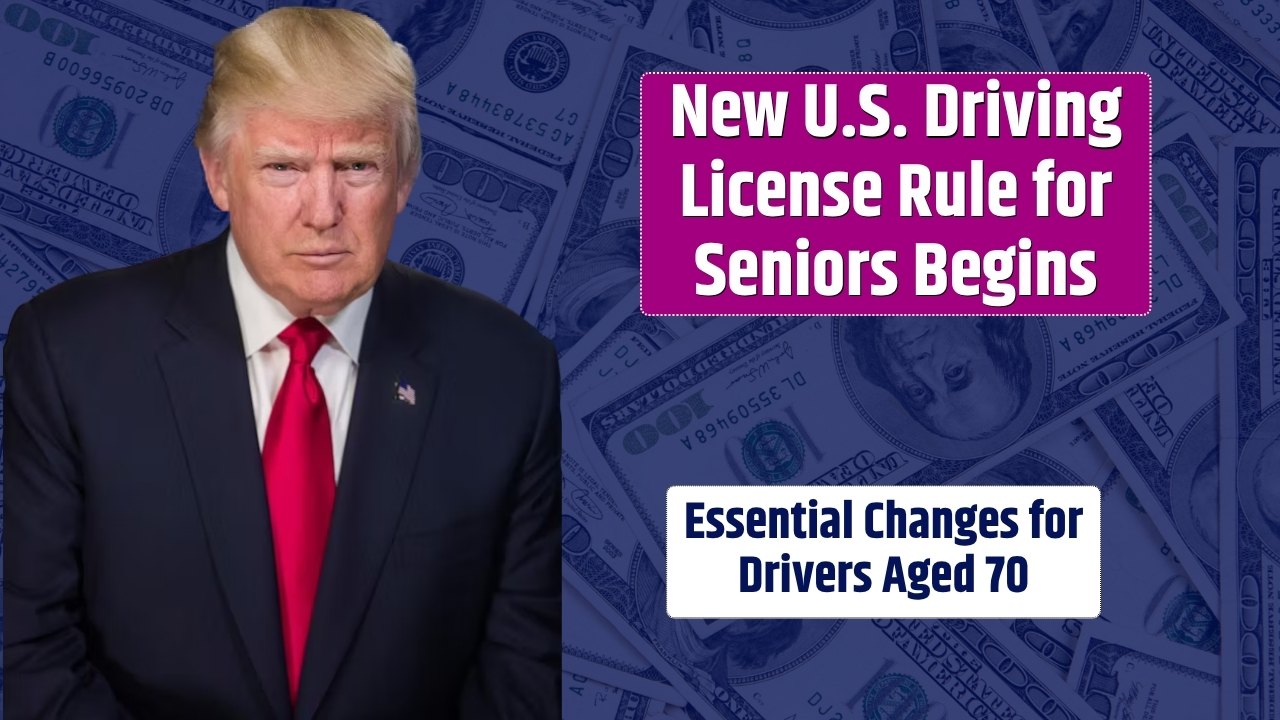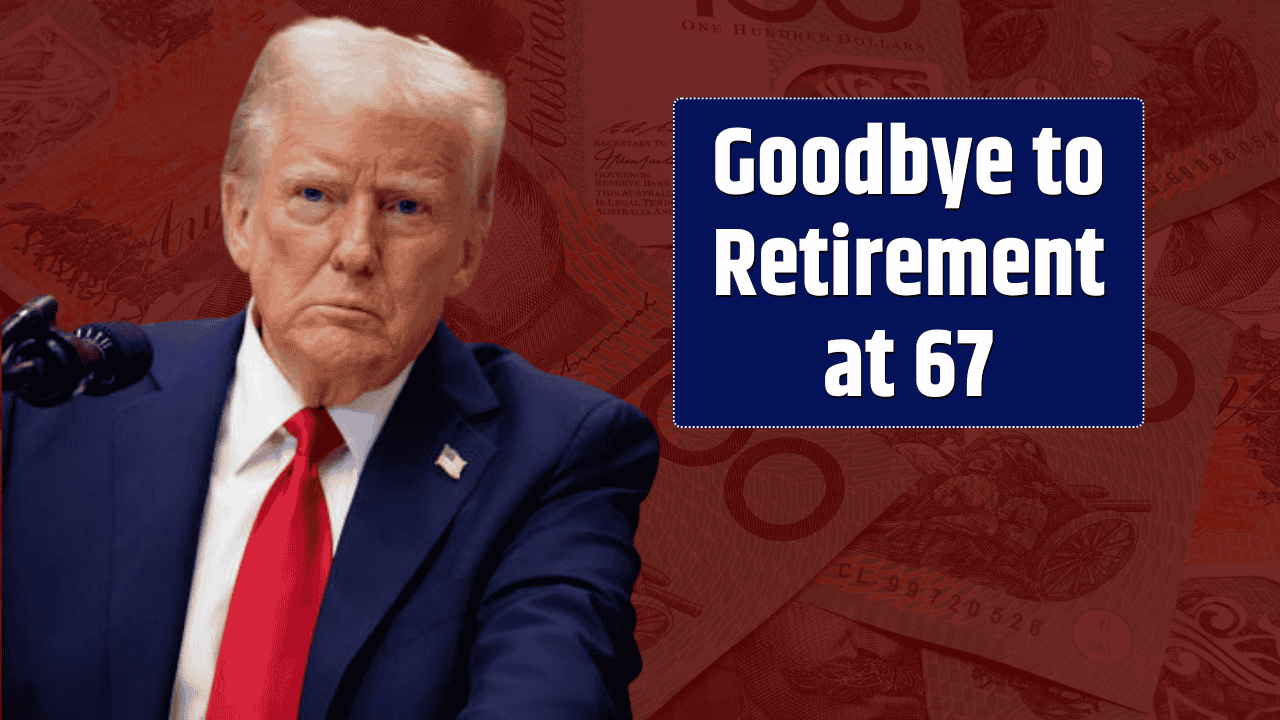Canada’s revamped carbon rebate system is officially in action — and if you live in a qualifying province, there’s money coming your way. Known as the Canada Carbon Rebate (CCR), this federal program is designed to offset the financial impact of carbon pricing by returning proceeds directly to households. Unlike tax credits that require an application, the CCR is automatic and distributed quarterly.
Let’s break down what the CCR means for your wallet, who qualifies, when payments are made, and how this rebate fits into Canada’s broader environmental strategy.
Table of Contents
What Is the Canada Carbon Rebate?
The Canada Carbon Rebate (CCR), previously called the Climate Action Incentive Payment (CAIP), is a federal initiative that puts money back in the pockets of Canadians to help ease the cost of carbon pollution pricing. As carbon-based fuel prices rise under the government’s climate plan, the rebate ensures that households aren’t left footing the bill alone.
Unlike other government benefits, the CCR is not income-tested. That means every qualifying household receives the same base amount, adjusted for family size and province of residence.
Who Is Eligible for the CCR?
You qualify for the Canada Carbon Rebate if:
- You’re a resident of a participating province (Alberta, Saskatchewan, Manitoba, Ontario, Nova Scotia, Prince Edward Island, and Newfoundland and Labrador)
- You’re 19 years or older
- You’ve filed your annual tax return
Ineligible provinces/territories:
British Columbia, Quebec, Yukon, Northwest Territories, and Nunavut manage their own carbon pricing systems, so residents there do not receive the federal rebate.
How Much Will You Get?
The amount you receive depends on your province and household size. Here’s what a family of four can expect to receive quarterly (before rural supplement):
| Province | Base Amount (Family of 4) | Single Adult (approx. 25%) |
|---|---|---|
| Alberta | $450 | $112.50 |
| Saskatchewan | $340 | $85 |
| Manitoba | $300 | $75 |
| Ontario | $280 | $70 |
| Nova Scotia | $248 | $62 |
| Newfoundland & Labrador | $328 | $82 |
| Prince Edward Island | $240 | $60 |
Rural Supplement:
If you live outside a Census Metropolitan Area (CMA), you’re eligible for a 20% rural supplement.
Example: A rural family of four in Alberta would receive $540 per quarter instead of $450.
To claim the rural supplement, check the box on your tax return. The CRA will verify eligibility based on your postal code.
When Do Payments Arrive?
CCR payments are made four times a year:
- January 15
- April 15
- July 15
- October 15
Next payment: July 15, 2025
You must file your previous year’s tax return by the relevant deadline to receive your payment on time. Direct deposit is the fastest way to get your money, though paper cheques are also available.
How Do You Apply?
There’s no need to apply. If you’re eligible and have filed your taxes, the CRA automatically calculates and issues your payment. To stay updated:
- Ensure your direct deposit info is current
- Confirm your mailing address is correct
- File taxes on time — even if you have no income
If there’s an issue or delay, contact the Canada Revenue Agency (CRA) directly.
Canada’s Carbon Rebate is part of a larger climate strategy to reduce greenhouse gas emissions by making carbon-intensive activities more costly while giving households financial relief. With most families receiving more in rebates than they pay in carbon costs, it’s a practical approach to balancing climate action and affordability.
FAQs
Do I need to apply for the Canada Carbon Rebate?
No. Payments are automatic if you file your taxes and live in an eligible province.
How often are payments made?
Quarterly — every January, April, July, and October.
Who is eligible?
Residents aged 19 and older in provinces that participate in the federal carbon pricing system.
How is the amount determined?
By your province, family size, and whether you live in a rural area.
What is the rural supplement?
A 20% top-up for those living outside Census Metropolitan Areas.

